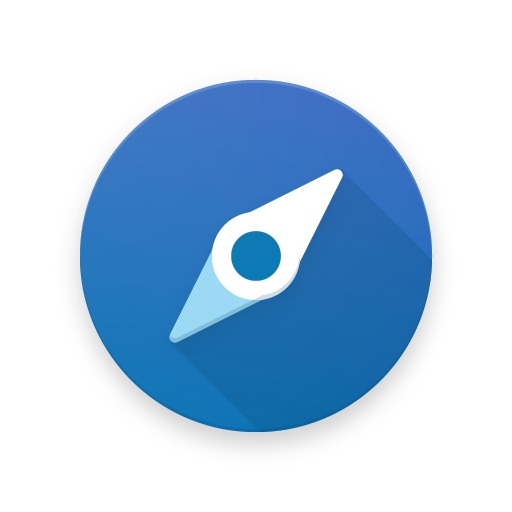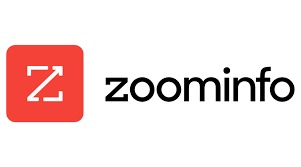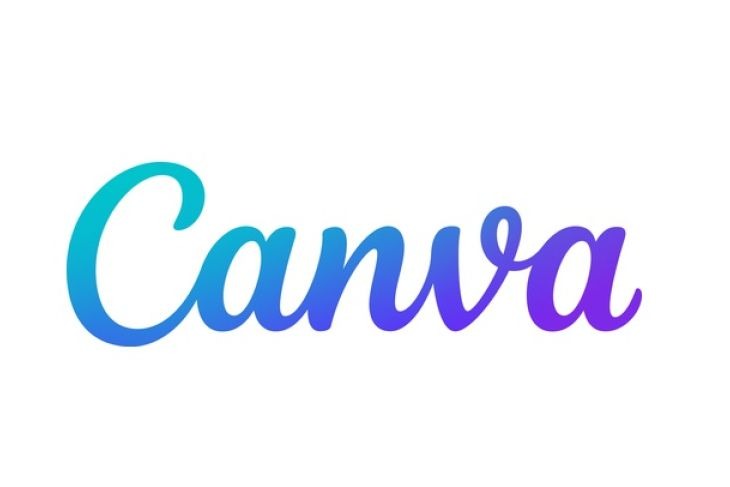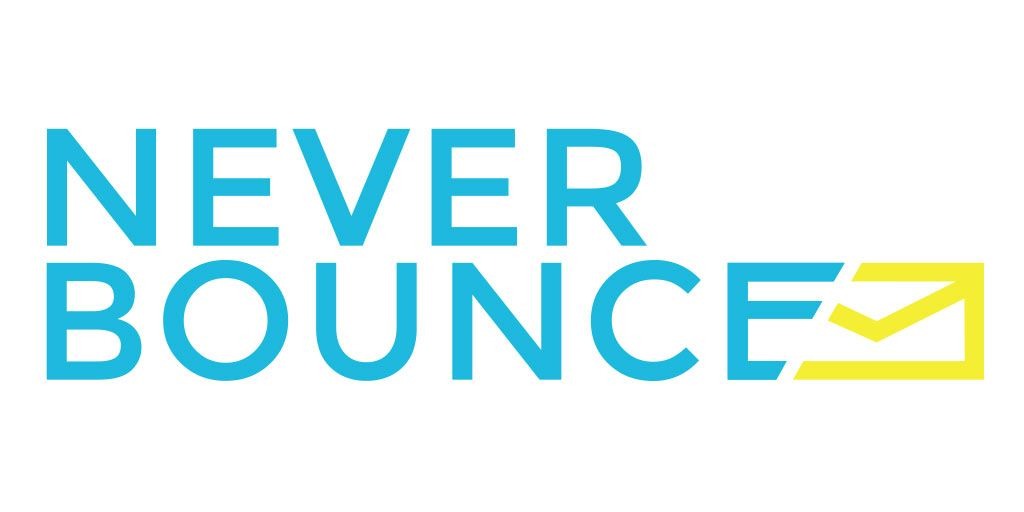Certified HubSpot Solution Provider Partners
LinkedIn Management and optimization
Whether you anticipate finding a new job soon, want to move up, or are looking for clients and prospects, having an active and optimized profile will help you achieve your goals.
from my Past Clients
SaaS, IT, Consulting, & Edu Etc
HubSpot, Google, Salesforce
here's what i can do for your linkedin Profile
I will manage your account, create engaging content, and connect you with your target audience, ultimately driving high-quality leads to your business.
LinkedIn Profile Optimization
Craft a compelling profile that showcases your expertise and attracts your ideal clients.
Content Creation
Develop engaging content that positions you as a thought leader in your industry.
Targeted Networking
Connect and Engage with the right people who can benefit from your Products or services.
Lead Generation
Implement strategies to nurture leads and convert them into appointments and paying clients.
Community Management
Respond to comments and messages, fostering engagement and building relationships.
Linkedin Prospecting
strategies to identify Target Audience and build accurate Email List with Verified Data points
Our Linkedin Management and Email list building tools








Pricing Plan
Ready to take your LinkedIn game to the next level? Let’s Sart
Profile Booster
- Profile Audit and Optimization
- Revamped Headline & About Section
- Up to 2 email templates
- Basic list management and segmentation
- Monthly reporting and analytics
- Basic support via email + Chat
Pro Plan
- All features of the Growth Plan
- Up to 8 email campaigns per month
- Unlimited email templates
- Custom reporting and analytics
- Email marketing strategy development
- Live chat support (during business hours)
Growth Plan
- All features of the Starter Plan
- Up to 4 email campaigns per month
- Up to 5 email templates
- Advanced list management and segmentation
- A/B testing for campaigns
- Weekly reporting and analytics & Priority Chat Support
Custom Plan
- Customized services tailored to the specific needs of the client
- Add-on services, such as content creation, landing page design, lead magnets, CRM integration, and more
How It Works
Discover Our Process in 4 easy steps: How It All Works
Choose your right plan
Book a Discovery Call

Email Solution Presentation
Sign a Contract
testimonial
Hear From Our Happy Clients

This is the third time I'm working with Muhammad. He is very diligent, communicates clearly on progress.
Siva Narayanan

It was a pleasure to work with Asghar, appreciate the professionality and adherence to our demands.
Gregor Juszczyk

Very happy with his work, he communicates proactively & I am already discussing future with him!
Ryan Ellenburg
Frequently Asked Questions
What is email marketing and why is it important?
Email marketing is the practice of sending targeted and personalized messages to a group of subscribers to build relationships, promote products or services, and drive engagement. It’s important because it offers a cost-effective way to reach and communicate with customers, resulting in increased brand awareness, customer loyalty, and higher conversion rates.
How do you build and grow an email list?
Building and growing an email list involves using various tactics such as offering valuable content or incentives (e.g., discounts or ebooks) in exchange for sign-ups, promoting your newsletter on social media, using website pop-ups, and hosting webinars or events. Ensuring compliance with privacy regulations and maintaining a clean list with regular pruning are also crucial for a healthy email list.
What are the best practices for email list segmentation?
The best practices for email list segmentation include dividing your list based on demographics (age, gender, location), behavioral data (purchase history, website activity), engagement levels (open and click-through rates), and customer lifecycle stages. This allows for targeted, personalized, and relevant content, which leads to better engagement and conversion rates.
How do you create an effective email marketing strategy?
Creating an effective email marketing strategy involves setting clear goals, identifying your target audience, crafting compelling content, designing visually appealing templates, segmenting your email list, personalizing messages, testing and optimizing campaigns, and monitoring key performance indicators (KPIs) to measure success and make data-driven decisions.
What are the key components of a successful email campaign?
The key components of a successful email campaign include a compelling subject line, personalized and engaging content, clear and concise copy, strong call-to-action (CTA), visually appealing design, mobile responsiveness, and testing for deliverability and performance.
What is the role of email templates, and how do you design them?
Email templates provide a consistent and professional structure for your email campaigns, allowing you to easily insert content and maintain brand identity. Design email templates with clear layouts, on-brand visuals, and mobile-responsive designs using email marketing tools or design software like Canva or Adobe Photoshop.
How do you write compelling email copy that drives engagement and conversions?
Write compelling email copy by understanding your audience’s needs, using a conversational tone, focusing on benefits rather than features, incorporating storytelling, and including strong CTAs. Personalization, A/B testing, and proofreading are also essential for effective email copy.
What are email deliverability best practices, and how can I ensure my emails reach the inbox?
Email deliverability best practices include using a reputable email service provider (ESP), maintaining a clean email list, authenticating your domain, avoiding spam triggers, using a recognizable sender name, and monitoring email metrics. Regular testing and compliance with privacy regulations also help improve deliverability.
How can I measure the success of my email marketing campaigns?
Measure the success of your email marketing campaigns by tracking key metrics such as open rate, click-through rate, conversion rate, bounce rate, unsubscribe rate, and email ROI. Analyzing these metrics helps identify areas for improvement and informs future campaign decisions.
What is email automation, and how can it benefit my business?
Email automation involves using software to send targeted and timely email messages to subscribers based on predefined triggers or actions. It benefits businesses by saving time, improving customer engagement, nurturing leads, increasing conversions, and streamlining the email marketing process.
How do you perform A/B testing, and why is it important for email marketing?
A/B testing involves sending two slightly different versions of an email to a subset of your subscribers to determine which version performs better. You can test various elements such as subject lines, email copy, CTAs, images, or layout. A/B testing is important for email marketing because it helps identify the most effective strategies, leading to increased engagement, conversions, and overall campaign success.
How do you ensure compliance with email marketing laws and regulations, such as GDPR and CAN-SPAM?
To ensure compliance with email marketing laws and regulations, follow these steps:
- Obtain explicit consent from subscribers before sending marketing emails.
- Clearly identify yourself as the sender and include your physical address.
- Provide a clear and easy-to-find unsubscribe mechanism in every email.
- Process unsubscribe requests promptly.
- Maintain accurate records of consent and respect data privacy rights, such as the right to access and delete personal data.
How can I increase my email open and click-through rates?
To increase your email open and click-through rates, implement these tactics:
- Write compelling and personalized subject lines.
- Segment your email list and send targeted, relevant content.
- Use a recognizable sender name.
- Send emails at optimal times based on your audience’s behavior.
- Keep your email copy concise, engaging, and focused on the benefits.
- Design mobile-responsive email templates with clear CTAs.
- Test and optimize different email elements to improve performance.
What are the most popular email marketing tools and platforms, and which one is best for my business?
Popular email marketing tools and platforms include Mailchimp, Sendinblue, Constant Contact, GetResponse, and Campaign Monitor. To choose the best one for your business, consider factors such as pricing, ease of use, features, integration options, scalability, and customer support. Assess your specific needs and try out free trials or demos to determine which tool best aligns with your requirements.
How often should I send emails to my subscribers, and what is the best time to send them?
The ideal frequency and timing for sending emails to your subscribers depend on your audience, industry, and campaign goals. As a general rule, avoid overwhelming subscribers with too many emails, while maintaining consistent communication to stay top-of-mind. Monitor your email metrics and conduct tests to find the optimal frequency and timing for your campaigns.